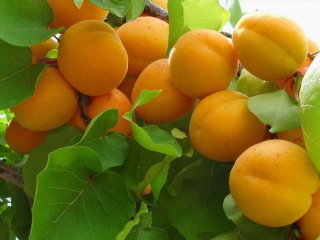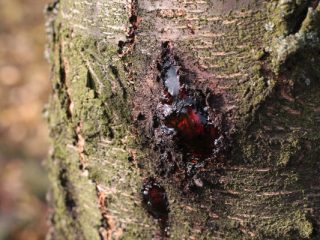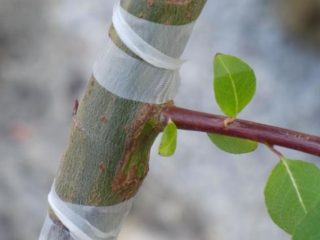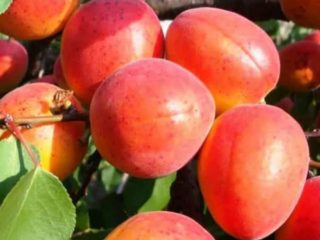Content
Not all gardeners know the difference between zherdela and apricot. This makes it difficult to choose a seedling for the garden. Despite the superficial similarities, there are significant differences between cultures.
Zherdela and apricot - what is the difference
In some regions of Russia, apricot is called zherdela and vice versa. Synonymous names for the tree are kurega, jardel, and yellow plum.
The homeland of apricot is China, although there is a misconception that the culture originates from Armenia. It was from Asia that the tree spread throughout Europe and then throughout the world.
It was brought to Russia in the 50s of the 18th century. Trees were planted in the Izmailovsky Garden. A total of two plants were placed on the territory of the state. In 1913, Russia was recognized as the world leader in apricot cultivation.
Cultures differ from each other not only in appearance, but also in some characteristics. Zherdela is a wild form of varietal tree.
Characteristics of the game:
- tree height up to 15-17 m;
- buds are medium in size, pinkish-white in color, with a pleasant aroma;
- fruits ripen in the first weeks of August;
- Fruiting occurs 4-5 years after planting, annually;
- propagation by seeds and cuttings.
Apricot characteristics:
- tree height up to 5-8 m;
- the leaf blades are small, oval-shaped, with teeth along the edges;
- buds are formed on each shoot in March-April;
- fruits ripen in June;
- the beginning of fruiting depends on the variety;
- propagation by cuttings.
How are the fruits different?
To understand the difference in the photo between a pole and an apricot, you should pay attention to the appearance of the fruit.
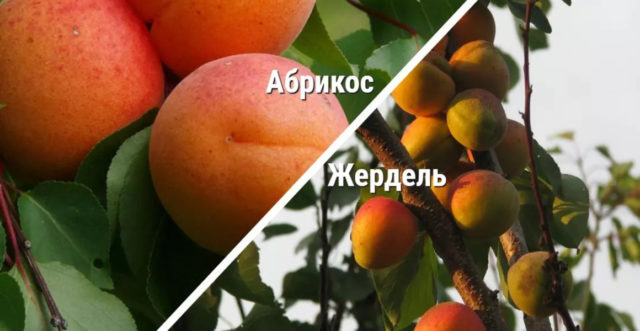
The weight of a ripe pole is no more than 40 g, and for apricot the fruit can weigh up to 150 g, depending on the variety
The color of the zherdel fruit is pale yellow, with a burgundy blush. Apricot has a more saturated color, closer to orange. The skin of the fruit is covered with fluff. The aroma of the fruits of the varietal tree is pronounced; the game has practically no odor.
Apricots taste sweeter, the flesh is juicy and tender. Zherdela fruits may be bitter or sour. The pulp inside is fleshy and tougher, but less juicy.
Features of growing trees
Zherdela often appears on the site on its own, from a seed. Gardeners prefer to propagate apricots using the vegetative method and grow them from cuttings.
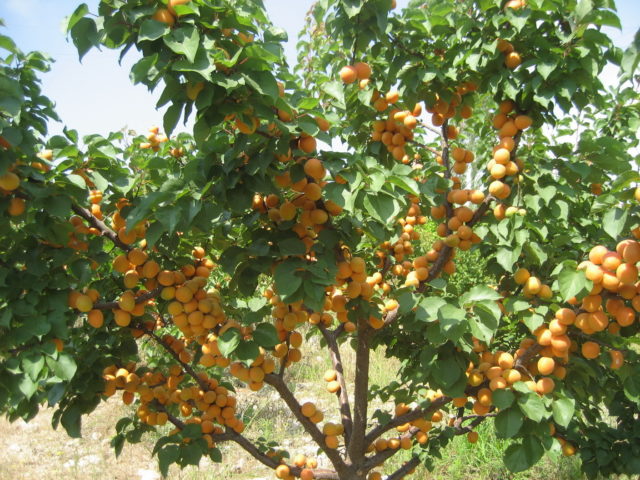
The varietal tree is capricious and does not tolerate drafts and temperature changes.
The crop should be grown in well-lit areas protected from the wind. The site should have light, fertile soil. The plant is sensitive to diseases and requires watering.
Young seedlings of the crop do not tolerate frost well, so they often freeze out. Gardeners also face another problem - a young tree dies for no apparent reason.These features force crop owners to carefully care for seedlings and not neglect feeding, disease and pest prevention.
To distinguish a perch from a varietal tree, just look at the growing conditions of wild apricot: it grows on almost all types of soil and has a strong rhizome. This feature allows the plant to easily tolerate periods of drought. Frost resistance of the tree reaches -20 °C.
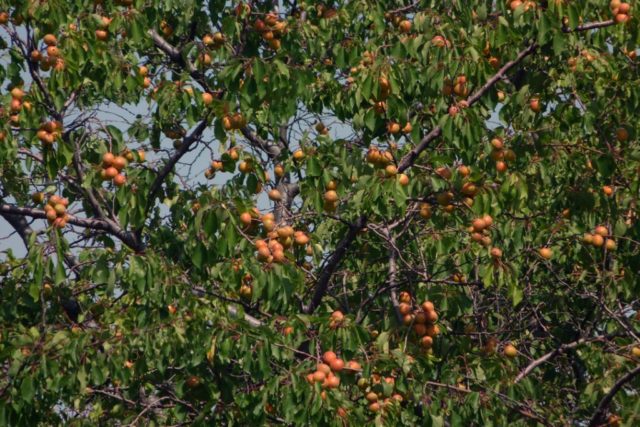
Zherdela has a strong immune system and bears fruit more abundantly than apricots annually.
Care involves pruning old and damaged branches. It is recommended to cover young trees for the winter with improvised means.
In the southern regions, it is possible to grow a varietal tree, but in the north of the country or in areas with a changeable climate, gardeners prefer game trees to increase the chances of getting a harvest.
Characteristics of varieties
One of the main differences is that the perch does not have varieties, unlike apricot. There are trees whose fruits are without edges. Their synonymous name is aprium. Bald apricots are the result of crossing a plum and an apricot.
In Japan and China, trees with similar characteristics grow under the names mune and ansu. Ripe fruits from them are used as vegetables, pickled and canned.
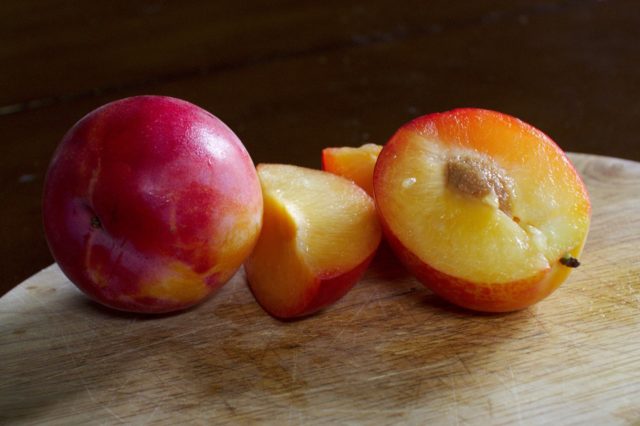
Is a hybrid of apricot with plum and pluot
But pluot contains 75% plum and 25% apricot. The aprium has more qualities from a varietal tree than from a plum.
Traditional apricot varieties are divided into groups:
- early (Tsarsky, Lel, Sambursky early);
- mid-season (Zaporozhets, Pineapple, Olimp, Dessert);
- late ones (Black Velvet, Krasen of Kyiv, Favorite, Success).
Area of application of fruits
The main way to use ripened fruits is to eat them fresh. But the fruits are great for jam or jam, making marmalade. It is not advisable to completely freeze fruits; they will be watery. But housewives mix crushed fruits with other berries to add them to baked goods in winter.
There are no restrictions on the perch; it makes excellent preservation. Both varieties of plants are suitable for dried apricots and apricots, kaisa, and ashtak. They also make compotes from them.
They use zherdelo as a raw material for mash and other alcohol-containing drinks.
Conclusion
The main difference between zherdela and apricot is that the varietal tree was obtained by selecting wild apricot. The two varieties have many similarities in fruit appearance and taste, but differ in other characteristics. Apricot is tricky to grow, but pleases with large and sweet fruits. Zherdela adapts well to external factors, but its fruits are smaller and more sour.
